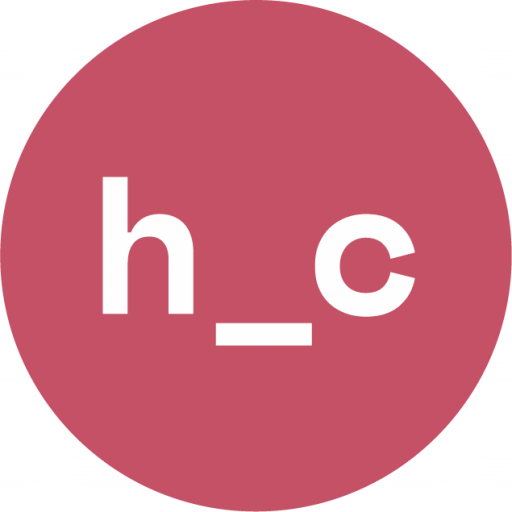Chances are you’re familiar with Anonymous, the hacktivist collective that captured news headlines in the late 2000s and early 2010s. But you may be less familiar with the events that marked Anonymous’ transition from a ragtag band of trolls to a coordinated group of political activists. Part of the answer lies in their 2008 “Message to Scientology,” a declaration of war against the controversial “church” and one of the first videos to feature what would become Anonymous’ signature tag line: “We are Anonymous. We are Legion. We do not forgive. We do not forget. Expect us.”
Published on January 21, 2008, the video was assembled in a single evening by a handful of participants who were already involved in a heftier campaign of trolling (or “ultra coordinated motherfuckery,” in their own words) against the Church. It all began when Scientology attempted to censor a leaked recruitment video of Tom Cruise, their most famous—and also enthusiastic—adherent. The Internet was livid about the potential loss of this particularly lulzy video, and so they set out to embarrass the secretive and censorious organization by any means necessary. They launched distributed denial of service (DDoS) attacks to jam Scientology websites, ordered unpaid pizzas and escorts for Scientology churches across North America, faxed images of nude body parts to churches, and relentlessly phone pranked its Dianetics hotline (where callers could get advice about the “first truly workable technology of the mind”).
What no one could have predicted at the time was that this simple two minute video, crafted mostly in jest, would mark Anonymous’ transition away from a band of chaotic internet trolls and into a powerful political force—a loosely coordinated activist movement that would bring escalating campaigns against an array of states, corporations, and other powerful entities for years to come. While the Anonymous label had been used by trolls since at least 2005 in their mischievous—and often irresponsible—trolling endeavors, the targeting of Scientology (as opposed to, say, 12-year-old girls or video game retailers) appealed to an expanded circle of actors. The video’s promise to “systematically dismantle the Church of Scientology in its present form” resonated with trolls, activists, netizens, critics, ex-members of the Church, and other concerned members of the public.
The hyperbolic rhetoric helped the video go viral, and in so doing catalyzed a sincere conversation about the need to protest what appeared to many as less of a church and more of a cult—and one with well-documented human rights violations. Encouraged by an existing cadre of Scientology critics, over 9000 activists forged ahead with planned street demonstrations. Less than a month after the video’s release, on February 10, 2008, they showed up in 127 cities across the globe, from Sydney to Montreal. Donning Guy Fawkes masks to shield themselves from the litigious, vindictive organization, they hailed the day’s events a success. From that day forward the name Anonymous took on new meaning, spawning a bevy of nodes and subgroups that would proliferate for years to come. Almost overnight, Anonymous became the faceless face of contemporary hacktivism




